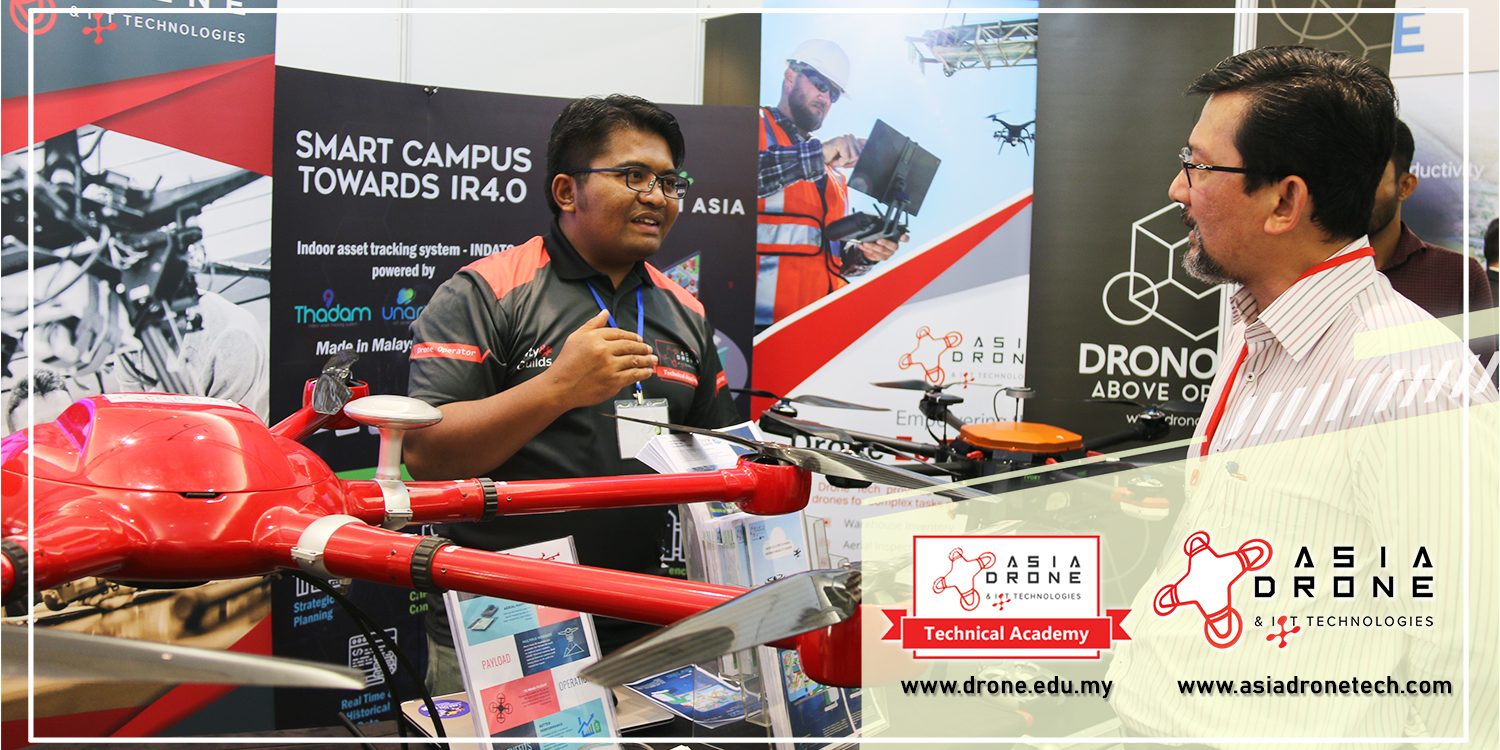The Internet of Things (IoT) has probably become a familiar concept to you by now.
5G technology appears set to play a crucial part in unlocking the full potential of drones.
This next technological step could allow UAVs to do a variety of things like put out forest fires, track objects of interest and interact effectively with other drones.
Experts argue that a cellular network can provide the strongest inter-drone communication framework. While there’s some push back revolving around the subject of 5G, many technologists agree that it could lead to progress.
Many people who own drones may not use them as often as they thought they would when they first bought them. The drone is often used as more of a targeted tool. The use of drones for industrial purposes could skyrocket, benefitting companies, governments and individuals alike.
Mobile data traffic and the number of wireless devices out there have grown exponentially in the last few years.
According to the Cisco Visual Networking Index (VNI) Global Mobile Data Traffic Forecast Update, mobile data traffic has grown 17-fold in the last 5 years. In 2017 the number of global mobile devices and connections grew to a total of 8.6 billion. This growth is expected to continue into the future.
Global mobile data traffic, in particular, is expected to hit 77.5 exabytes per month by 2022.
This demand is directly linked to the growing use of smartphones, portable devices, data-hungry multimedia applications, and new technologies, as well as designs.
This has led to global demand by world leaders for fifth-generation (5G) cellular networks.
Progress is set to include the use of drones as base stations, operating at millimetre-wave frequencies, along with wireless energy transfer.
The deployment of base stations for unmanned aerial vehicles (UAV) – also known as drone base stations – has started to become a reality.
Drone base stations have the potential for use in a number of scenarios due to the inherent flexibility of drone deployments. This can be seen in public safety communications, data collection in (IoT) applications, as well as in crisis or emergency scenarios.
Japan’s cabinet has approved a bill to support businesses developing safe 5G mobile networks and drone tech despite continued concern amongst Tokyo policymakers regarding China’s growing 5G technology influence.
The bill is aimed at keeping the nation’s innovation ranking high and can provide access to low-interest-rate loans from government-affiliated financial firms. These loans can be made available to companies that develop these technologies if their proposals meet cybersecurity requirements.
Some legislators may worry about Beijing’s perceived impact on their networks through firms such as Huawei. Washington has expressed its belief that, if ordered, Chinese companies are obliged to spy on behalf of Beijing.
Despite that, being 5G ready seems to be a means of possibly getting drones involved in enhancing the capabilities of many national industries. As 5G becomes more widely available, the ways in which people work in Malaysia and other countries across the globe could be significantly impacted.
Getting skilled in different aspects of working with 5G for drones could make workers more ready for dynamic, new roles.
.
.
Asia Drone IoT Technologies lets you leverage the incredible power of drone technology for career advancements, industry applications, and learning. Find out more about:
Solutions at asiadronetech.com
Recent engagements at our Facebook page
Training programmes at drone.edu.my








